Solving a Cash Crisis: Part 2
Posted by Lake Superior Community Partnership on October 14, 2013
 In my last column we talked about the first steps in solving an immediate cash crisis. In this column, we’ll finish that conversation and get to some solid strategies for building a strong financial future for your business. We’ve already covered the basics; acceptance, getting your accounts in order, collecting accounts receivables, setting up solid collection and invoicing strategies and getting a professional involved. Now we head into the more difficult areas.
In my last column we talked about the first steps in solving an immediate cash crisis. In this column, we’ll finish that conversation and get to some solid strategies for building a strong financial future for your business. We’ve already covered the basics; acceptance, getting your accounts in order, collecting accounts receivables, setting up solid collection and invoicing strategies and getting a professional involved. Now we head into the more difficult areas.
Now that you have all of your accounts in order and all of these statements in front of you, what do you do with them? One of the first things is use them to start forecasting your spending and receivables for the foreseeable future. This will help you get a handle on what you can put toward your debt so you can set up payment plans with your creditors as well as help you monitor your financials in the future. Monitoring your financials is going to be key for your ongoing success, always understanding where you are will help make sure that things don’t slip away from you. You’ll be able to spot things at the first sign of trouble (when one month is just a little bit off) and make adjustments rather than when creditors are knocking at your door. You can also use your financials to benchmark your business’s performance against other businesses in your industry. For example, if you are making widgets, what are your cost of goods sold (COGS) compared to other companies that make widgets? This information can be very helpful especially if a particular area such as COGS, labor or other significant cost center is significantly different. It means that there may be room for improvement, therefore, higher profits. You can gain easy access to this industry specific information through sources like the LSCP or the Michigan Small Business & Technology Development Center.
This is a good time to take a good hard look at your budget. Is everything necessary? Are you regularly paying overtime? Do you have travel and entertainment expenses? Are you upgrading technology frequently? How quickly is your inventory turning? If there are things that can be cut, now is the time to do it.
Now that you’ve forecasted and know what you can put toward your debt, it’s time to prioritize your debt and make plans to pay. This will involve contacting each of your creditors and explaining the situation honestly and frankly. The most important thing here is to realize that you owe a debt and must pay it but you cannot under any circumstances overpromise and under deliver. If you say the check is in the mail, make sure that it is in fact, in the mail.
Over time, through aligning your business with industry standards, paying down debt, monitoring your financials and cutting unnecessary spending you may be able to right your ship. When you do, staying the course will need to be your priority. Enlist a bookkeeper, but stay involved, in the end you are responsible. Reconcile your cash on hand, credit card receipts and deposits daily and enforce rules for cash and inventory handling. Having a financial strategy is an asset in any business, once the crisis is over, you’ll be glad to have one.
As always, contact the LSCP (906.226.6591) with any questions. We’re here to help.
CEO, Amy Clickner, writes this bi-weekly column for the Mining Journal.

